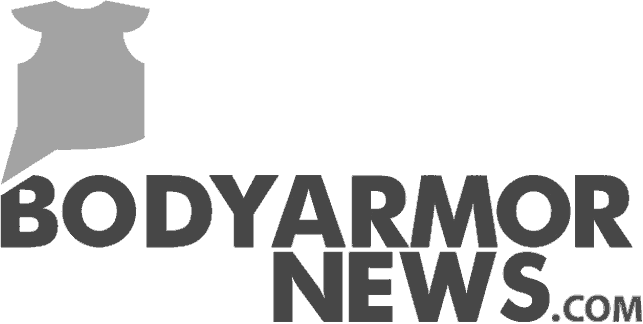Ceradyne Receives Large Ceramic Hard Armor Orders From Special Operations Command
Ceradyne, Inc. announced that it has received ceramic body armor delivery orders totaling approximately $6.9 million for delivery in 2012. These ceramic body armor orders were issued by the United States Special Operations Command (USSOCOM), and represent special ergonomic designed systems that Ceradyne has produced for USSOCOM in the past.
David P. Reed, Ceradyne President, North American Operations, commented: “We are pleased to have been awarded this contract by the Special Operations Command. This order, combined with the recently announced $127 million ESAPI award and our current backlog, provides us with good visibility for ceramic body armor shipments in 2012.”
Not only ceramic body armor
About Ceradyne, Inc. Ceradyne develops, manufactures, and markets advanced technical ceramic body armor products and components for defense, industrial, energy, automotive/diesel, and commercial applications. In many high performance applications, products made of advanced technical ceramics meet specifications that similar products made of metals, plastics or traditional ceramics cannot achieve. Advanced technical ceramics can withstand extremely high temperatures, combine hardness with light weight, are highly resistant to corrosion and wear, and often have excellent electrical capabilities, special electronic properties and low friction characteristics.
Forward-Looking Statements Except for the historical information contained herein, this press release contains forward-looking statements regarding future events and the future performance of Ceradyne that involve risks and uncertainties that could cause actual results to differ materially from those projected. Words such as “anticipates,” “believes,” “plans,” “expects,” “intends,” “future,” and similar expressions are intended to identify forward-looking statements. These risks and uncertainties are described in the Company’s Annual Report on Form 10-K for the fiscal year ended December 31, 2010 and its Quarterly Reports on Form 10-Q as filed with the U.S. Securities and Exchange Commission.










